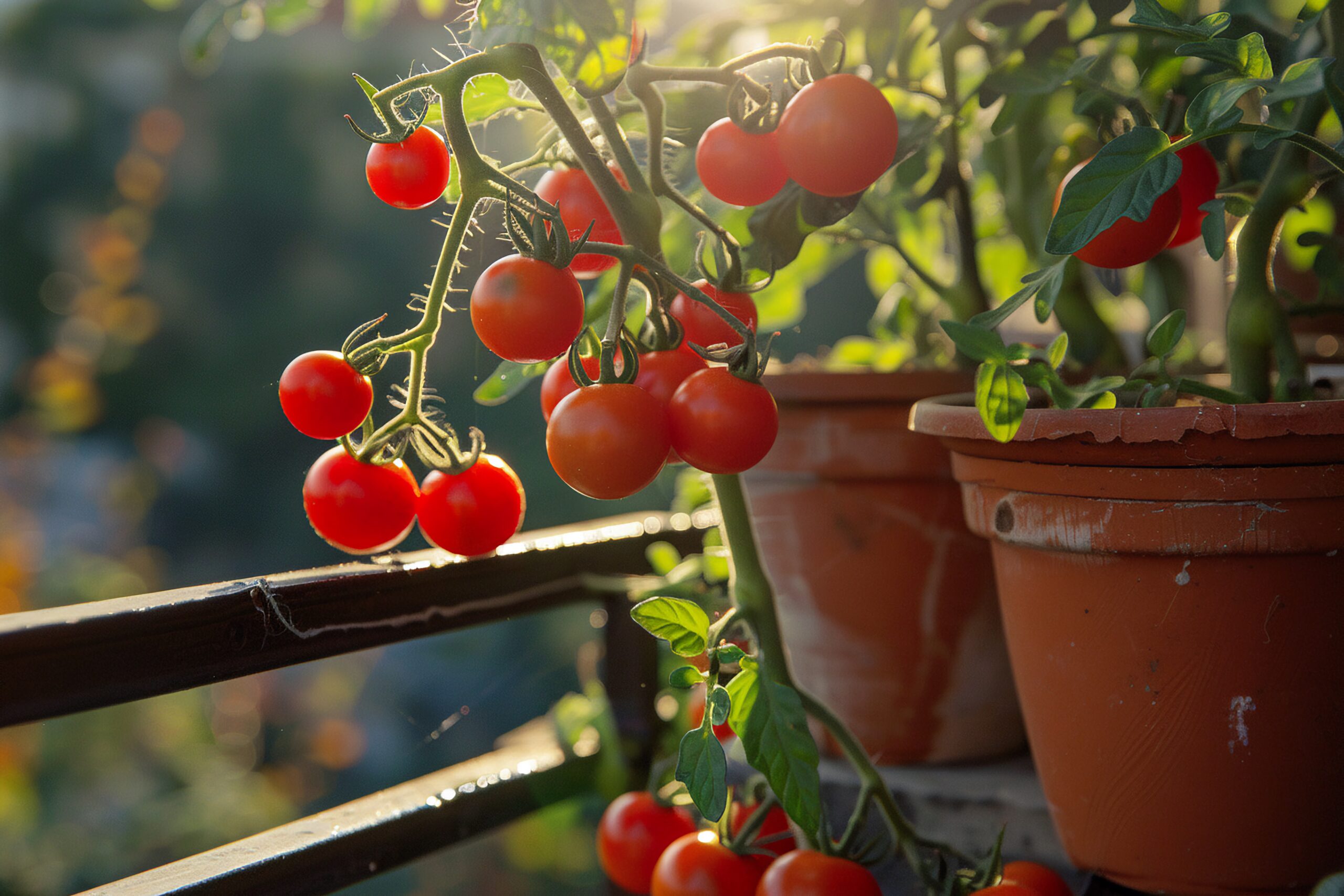12 Amazing Plants You Can Grow in a Tomato Cage (and Why You Should)
Tomato cages aren’t just for tomatoes anymore. These sturdy metal structures are like the Swiss Army knife of the gardening world—simple, effective, and surprisingly versatile. While they were originally made to support the sprawling, vine-heavy nature of tomato plants, they’re also perfect for training a variety of other plants to grow upward rather than outward. The result? Healthier plants, easier harvesting, and more space for you to grow even more.
So if you’ve got a few tomato cages lying around or you’re thinking of investing in some, here are 12 top things to grow in them—and exactly why they thrive with a little vertical help.
—
1. Tomatoes – The Original Star
Let’s start with the obvious. Tomatoes are the reason tomato cages exist in the first place. These plants can get heavy fast, and without support, they sprawl across the ground, making them vulnerable to rot and pests. A cage helps them stand tall, improves air circulation, and makes it easier for you to pick juicy fruits without digging through tangled stems.
—
2. Cucumbers – Cleaner, Happier Harvests
Cucumbers love to climb, and when given a tomato cage to scale, they produce straighter, cleaner fruit. Vertical growth keeps cucumbers off the soil, where pests and moisture can lead to rot. Bonus: it’s way easier to spot and pick cucumbers when they’re hanging instead of hidden under dense leaves.
—
3. Peppers – For That Mid-Summer Slouch
Ever notice how pepper plants look like they’re doing just fine—until they’re not? Once they start producing heavy fruit, they tend to flop over. A tomato cage acts like a gentle backbone, holding them upright and reducing the risk of stems snapping or fruit dragging in the dirt.
—
4. Eggplants – Elegant but Top-Heavy
Eggplants are beautiful, but their branches can’t always handle the weight of their own glossy fruit. Without support, they’re prone to bending, breaking, or rotting on the soil. Pop them in a tomato cage, and you’ll see sturdier stems and better air flow all around.
—
5. Peas – Climbing with a Purpose
These sweet little climbers are happiest when they have something to cling to. Tomato cages offer the perfect trellis-like support. Instead of sprawling across your garden bed, peas will wind upward, making harvests easier and reducing the chance of disease.
—
6. Beans – Pole Beans’ Best Friend
Much like peas, climbing beans benefit massively from growing up a cage. This not only keeps your garden tidy but also encourages longer, straighter beans. Plus, vertical gardens mean less stooping and bending when it’s time to pick your dinner.
—
7. Squash – Taming the Wild Thing
Squash is a garden bully—it spreads out, takes over, and dominates nearby plants. But if you train it to grow vertically in a tomato cage, you reclaim your space. It also helps the plant breathe better, which can ward off powdery mildew and rot.
—
8. Zucchini – Vertical Veggie Victory
Zucchini tends to grow into a leafy, space-hogging monster. But with a cage, you can guide its growth upward and give it room to thrive without crowding everything else. You’ll also find the fruit more easily—and before they turn into giant baseball bats.
—
9. Melons – Sweet and Supported
Melons like cantaloupes or small watermelons benefit from the added lift of a tomato cage. With some extra sling support (think old T-shirt strips), you can cradle the growing fruit and avoid breakage or ground rot. It’s a great trick for maximizing small garden spaces.
—
10. Nasturtiums – Pretty and Practical
These cheerful flowers can do more than look good. They’re natural pest deterrents and make a great living mulch. Training them to grow up a tomato cage turns them into colorful vertical bouquets that add beauty and function to your garden beds.
—
11. Morning Glories – Fast Climbers, Stunning Results
If you want fast-growing flowers that climb like champs, morning glories are your go-to. A tomato cage gives their vines a place to spiral, turning an otherwise plain structure into a tower of blooms. They’re perfect for adding vertical charm to your garden corners.
—
12. Clematis – Graceful Garden Accents
This classic flowering vine thrives when it has something sturdy to climb. A tomato cage gives clematis structure to showcase its gorgeous blooms, and growing them vertically keeps the flowers visible and well-ventilated. It’s an easy way to add height and elegance to your space.
—
Why Tomato Cages Are a Gardener’s Secret Weapon
Tomato cages aren’t just about keeping plants off the ground—they’re about improving the whole growing experience. They help reduce disease, make watering and pruning easier, and let you fit more into less space. Whether you’re growing veggies, fruit, or flowers, these humble cages can turn your garden from chaotic to well-organized and thriving.
So next time you’re planting, think beyond tomatoes. With a little creativity, your tomato cages might just become the most useful tools in your garden.
—

